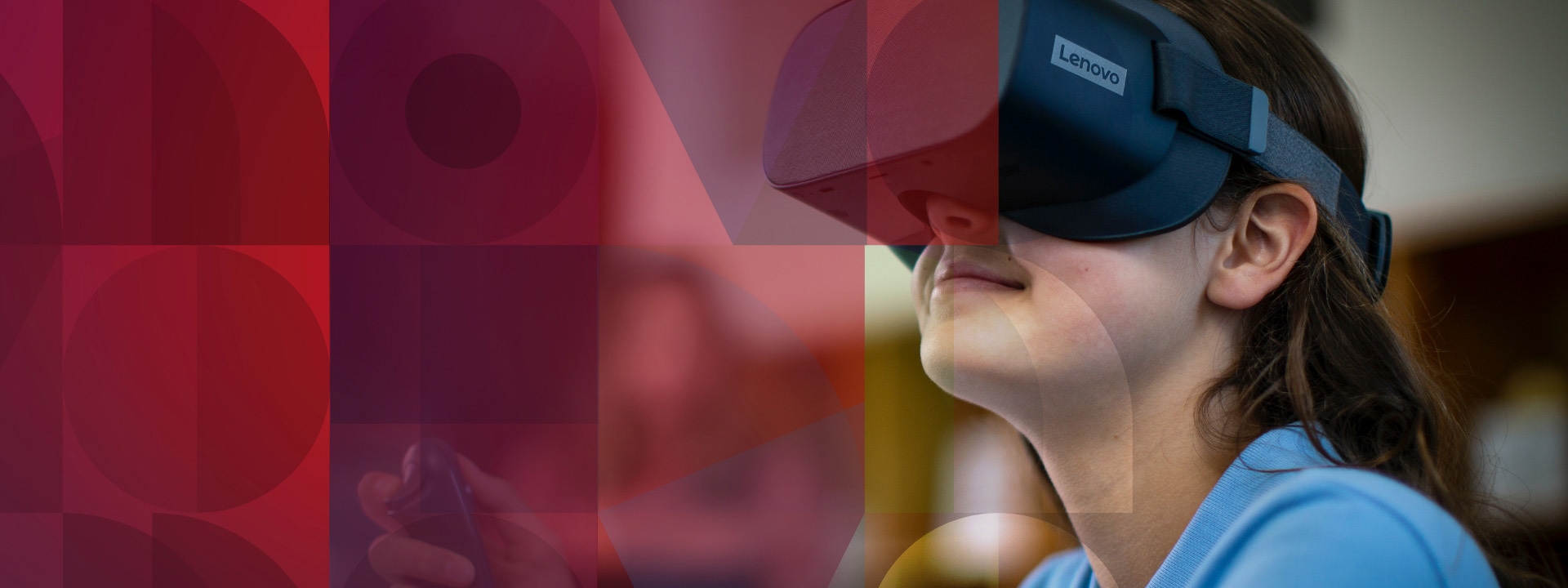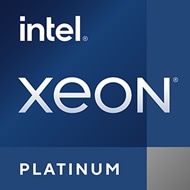
Inspiring the next generation in the old world with 5G technology.
How Cellnex Telecom, the main infrastructure operator for wireless telecommunication in Europe, led the adoption of 5G private networks to bring innovation into one of Europe’s first smart cities, Barcelona, with a cutting-edge Lenovo edge computing solution, from the ThinkSystem family of hardware powered by 3rd Gen Intel® Xeon® Scalable processors.

Inspiring the next generation in the old world with 5G technology.
How Cellnex Telecom, the main infrastructure operator for wireless telecommunication in Europe, led the adoption of 5G private networks to bring innovation into one of Europe’s first smart cities, Barcelona, with a cutting-edge Lenovo edge computing solution, from the ThinkSystem family of hardware powered by 3rd Gen Intel® Xeon® Scalable processors.

Background
Imagine a city where remote learning is facilitated by holographic solutions, autonomous transportation helps people get around faster, and shopping happens through augmented reality. That’s the power of a smart city fueled by edge and 5G technologies.
As edge and 5G technologies continue to expand, a new era of mobile communication is just around the corner—one where everything will be connected. Now, the race is on to bring 5G public and private networks to cities across the globe, with one city, in particular, leading the way.
A recognized telecommunications hub, Barcelona is one of the first European cities to strive to improve the lives of their citizens through data-driven smart city technologies. To do this, the city of Barcelona realized that 5G networks would support the smart city by removing the need for bulkier, more expensive fixed wiring.
In 2019 Red.es, an entity of the Spanish Ministry of Economic Affairs and Digital Transformation, launched a call for grants for the development of 5G pilots that would transform Barcelona into a smart city. In collaboration with the European Regional Development Fund (ERDF), Red.es would select a recipient of funds to develop a 5G pilot aimed at developing solutions spanning urban mobility, remote education, the industrial sector, commerce, tourism, and safety and emergency management in the urban environment. The winner of the grant? A consortium of 8 companies, led by Cellnex Telecom and the MASMOVIL Group.
In autumn 2020, the consortium launched the 5G Catalunya project with an expected end date of early 2023. The project includes a global budget of 5.4 million euros and is being executed in collaboration with the Barcelona City Council, Mobile World Capital Barcelona, Fira Barcelona, i2cat, SEAT and the IESE business school.
Challenge
While 5G communication presented the Barcelona pilot with vast opportunities by limiting the need for excessive wiring and by supporting the multiple IoT and edge applications it takes to run a smart city, it also came with its challenges.
Because IoT devices and smart grids generate a larger quantity of data, the mobile network operators (MNOs) were facing additional pressure to improve bandwidth and latency as well as look for ways to use the infrastructure in a way that reduced costs and generated new sources of revenue.
Alleviating pressure
Cellnex and the consortium knew they needed to move network capabilities from centralized data centers to edge devices to keep the pilot running smoothly, but the question, “how?” remained.
That’s when the consortium looked inward to their member, Lenovo. With our innovative edge computing solutions, we are setting out with a plan to alleviate the pressure on MNOs by building a multi-access edge computing (MEC) network architecture.
We have been working with Lenovo in open innovation to define the edge computing product with faster response from the network and more devices connected. Cellnex is the main independent infrastructure telecom provider in Europe.
Putting speed front and center
True to its nature, multi-access edge computing (MEC) can alleviate bandwidth congestion and enable new applications and services to run at the network’s edge, including IoT. So, Lenovo is implementing a single MEC platform and architecture that will deploy, automate, and manage edge computing solutions all from a central control point.
To bring the platform together, Lenovo is employing a suite of products from the ThinkEdge hardware family and automation software solutions. Now, the system can rapidly deploy, optimize, and manage the cloud infrastructure of communication service providers on edge servers, dedicated bare metal servers, containers, and virtual machines.
What’s more, the Lenovo automation software solutions combine the advantages of public cloud, including speed, scalability, flexibility, and high velocity of service, with those of private clouds, such as data protection and security, to offer the seamless integration needed to take advantage of the full potential that 5G communication has to offer. The system also includes support for Kubernetes, Red Hat OpenShift, OpenStack, and VMware Cloud Foundation—truly making it a smart, open, modular, future-proof, and flexible solution for the pilot.
Limitless Applications
Cellnex and Lenovo will continue to push ahead by combining Lenovo’s edge computing with other services that effectively will create an open innovation ecosystem to fuel transformation across daily experiences in Barcelona. In collaboration with the Barcelona City Council and the Guardia Urbana local police force, the pilot will focus on developing the new generation of mobile networks dedicated to managing public safety and emergencies. Also through the 5G pilot, the consortium is now equipped to test, develop and implement a variety of solutions across sectors, including:
- Supporting distance learning in the educational field with holographic solutions.
- Optimizing logistics for industry 4.0 and installing a private 5G network to locate assets inside a factory.
- Improving mobility in large venues and in industrial environments.
- Enhancing a customer’s shopping experience and allowing sellers to quickly obtain additional information about products through virtual and augmented reality.
- Improving citizen security by capturing advanced images in public safety vehicles, as well as the digitization of the Xarxa Audiovisual Local (XAL) programming to achieve high definition broadcasts.



Results
Together with Cellnex and the consortium members, Lenovo continues to tap into the power of edge computing to transform daily life and deliver transformative experiences to the city.
5G technology and edge computing solutions offer innovation potential and allows us to solve real-world problems and generate new revenue streams. This potential can only be fully explored through pilots like the one in Barcelona, where the potential of 5G communication with support from edge computing will demonstrate the real benefits generated for people and businesses.
This work continues to be possible by leveraging the capabilities of 5G technology, such as greater bandwidth capacity, higher transmission speed — especially for data —, and lower latency in application response.
In addition, the smart city pilot has helped reinforce the city’s reputation, not only as a leader in telecommunications, but also as a thriving business center in a truly digital economy.
The pilot will help to:
Improve citizens lives and enterprises efficiency
Bring innovation and acceleration to the 5G ecosystem
Impact various sectors, including education, manufacturing, and mobility
Living in a smart city means the possibility of having a better mobility so you are able to decide where to move and how to move, to use either private vehicles or public transportations.

Explore new frontiers with edge computing
The Data-Centered explore new environments to deliver innovation and connectivity to their citizens. Discover how Lenovo’s edge computing solutions can help you demonstrate the potential of new technologies.




